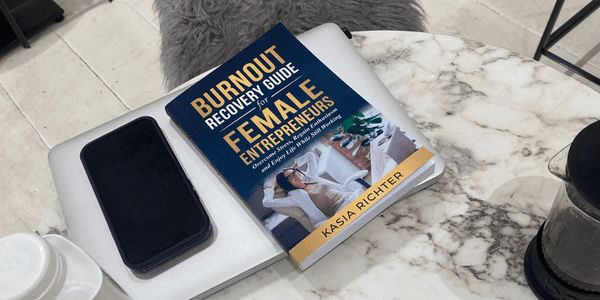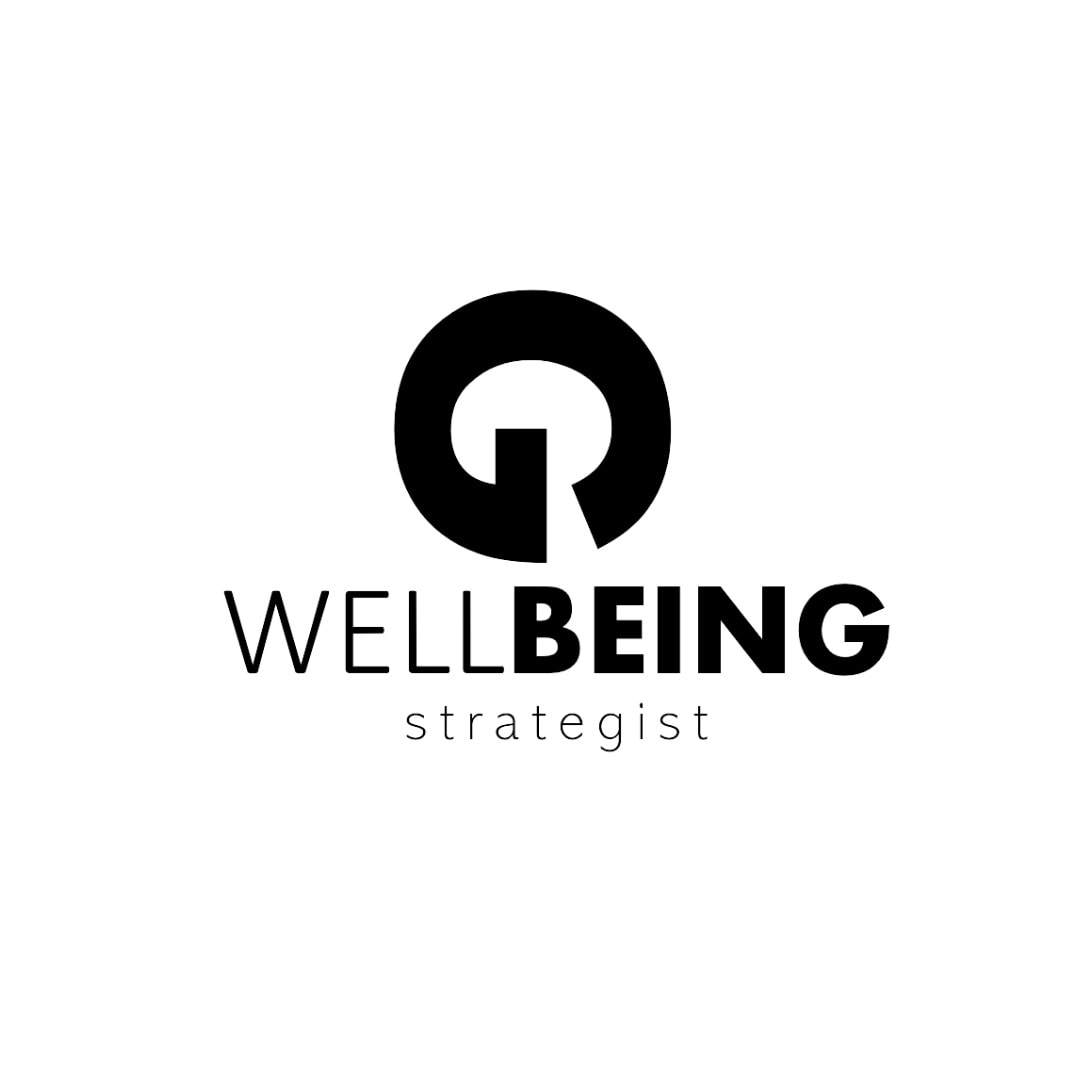In recent times, stress at work has turned into a formidable issue that employees grapple with daily. It can stem from various aspects including a high workload, meeting tight deadlines, and maintaining relationships with colleagues. Understanding the dynamics of workplace stress helps in formulating strategies to ensure health and wellbeing at work.
Causes of Executive Burnout
Our discussion on the causes of stress in the workplace acts as a precursor to a deeper understanding of the causes of executive burnout, a topic extensively discussed in our blog. We delve into the intricate ways in which workplace stress can escalate into burnout, underscoring the necessity to address the root causes of stress at the nascent stages.
The Importance of Addressing Workplace Stress to Ensure Wellbeing at Work
The Health and Safety Executive (HSE) underscores the pressing need to address workplace stress to maintain a healthy work environment. The endeavour to reduce stress not only fosters mental and physical health but also nurtures a harmonious organisational culture. It is pivotal to recognise the signs early on to prevent adverse effects on employees’ wellbeing at work.
Table of Contents
Identifying the Root Causes of Work-Related Stress
Understanding the root cause of stress at work is the first step towards fostering a work environment that supports the wellbeing of every employee. In this section, we dissect the major sources of stress and how they can be mitigated.
The Workplace Environment
The work environment plays a pivotal role in determining the stress levels employees experience daily. It encompasses a wide array of factors ranging from the physical setup of the office to the organisation’s culture.
- Physical Environment: The health and safety protocols in place can either cause stress or alleviate it. The ambiance, including lighting and seating arrangements, can significantly influence an individual’s mental and physical state.
- Social Environment: The kind of relationships employees share with their colleagues can be a significant source of stress. Encouraging healthy interactions and fostering a supportive culture can help in reducing stress levels substantially.
Organisational Stress
In this subsection, we focus on how the policies and structures of an organisation can either be a source of stress or a refuge from it.
- Policies and Protocols: Having clear policies that outline the job roles and expectations can reduce pressure and cause stress stemming from role ambiguity.
- Workload and Deadlines: Managing workload effectively and setting realistic deadlines can prevent employees from being overwhelmed, thereby helping to maintain a high level of wellbeing in the work environment.
In this deep dive into the causes of work-related stress, we shed light on how recognizing early signs and implementing preventative strategies can foster wellbeing and reduce workplace stress. It is a collaborative effort where both the organisation and the individuals have a role to play to nurture a stress-free work environment.

Common Work-Related Stressors and their Impact
Exploring the various factors that individuals frequently encounter in the workplace, which contribute to a heightened amount of stress, aids in understanding how we can work towards preventing stress through better work policies and environments.
Job Demands and Individual Capacity
An essential facet of work-related stress comes from the pressure employees face due to unrealistic job demands. Let’s delve into how excessive demands can become a breeding ground for stress.
- Unrealistic Expectations: When employees are expected to shoulder more than they can bear, they experience stress on unprecedented levels.
- Working Conditions: The conditions one works in can vastly influence how one perceives job demands. Poor working conditions can amplify the pressure at work, leading to ill health in the long run.
- Individual Capacity: Recognizing an individual’s capacity and assigning tasks accordingly can help in creating a work environment where employees do not feel stressed unnecessarily.
Role Ambiguity and Conflict
Conflicts arising from unclear job roles can lead to work-related stress. It is necessary to delineate clear paths for each role to ensure harmonious working relationships.
- Unclear Job Descriptions: When employees are not sure about their exact roles, they may feel lost and experience stress over fulfilling their responsibilities adequately.
- Conflict Resolution: A mechanism to resolve conflicts can help manage stress effectively, allowing employees to work without constantly feeling on edge.

Signs of Stress in the Workplace
Being able to identify the signs of stress is a cornerstone in the battle against work-related stress. It facilitates early intervention, which can be crucial in preventing more serious health issues.
Physical and Psychological Signs
Understanding the physical and psychological signs of work-related stress is vital in taking timely actions to manage and reduce the adverse effects of stress.
- Physical Signs: Knowing the physical manifestations that indicate someone is under a lot of stress helps in early detection and intervention. These can include signs like frequent headaches, tiredness, etc.
- Psychological Signs: Psychological signs may not always be apparent. However, changes in behaviour, mood swings, and a noticeable decline in work performance can signal that an individual is struggling.
- Stress Management Techniques: Introducing employees to stress management techniques can empower them to deal with stress more effectively, promoting a healthy work environment.
Spotting the Signs in Others
It is not just self-care; taking care of our colleagues is equally important. Understanding how to spot the signs of stress in others aids in fostering a nurturing and supportive work environment.
- Being Observant: Taking note of subtle changes in a colleague’s behaviour can sometimes be a life-saver. It encourages a culture where people look out for each other, helping prevent severe ill health resulting from unchecked stress.
- Taking Steps to Assist: If you notice someone displaying signs of work-related stress, take steps to assist them, whether by offering help or encouraging them to seek assistance through the appropriate channels.
By being vigilant and fostering a culture of understanding and empathy, workplaces can transform into spaces where employees thrive rather than just survive, as they work harmoniously without the constant pressure and strain that unmanaged stress can cause. It is a collaborative responsibility to ensure the health and wellbeing of all employees.

The Ripple Effect: How Work-Related Stress Affects Life Outside of Work
Recognising the intricate ways in which work-related stress extends its tentacles into life outside work is essential in grasping the full scope of its impact. In this section, we analyse the ripple effects of increased stress levels stemming from professional spheres.
Work-life Balance
Work-related stress often transcends the boundaries of the workplace, affecting the quality of life outside of work. Here we delve into how maintaining a proper work-life balance can become a source of pressure.
- Invasion of Personal Time: Stress may not only rob individuals of peace during work hours but continue to haunt them in personal spaces, urging the necessity for stress reduction measures.
- Health Implications: Chronic stress can be caused by an inability to detach from work demands, potentially leading to serious health conditions including anxiety and depression.
Relationships and Social Life
The impact of stress doesn’t stop at the individual; it extends to relationships and social circles outside work, defining the very fabric of one’s social life.
- Strain on Relationships: Being constantly stressed can make individuals unsupportive and irritable, straining relationships to a breaking point.
- Social Withdrawal: Stress may compel individuals to withdraw from social engagements, hampering their general health and wellbeing in the long run.

Strategies for Managing Work-Related Stress
It is imperative to not just identify but also strategize on how to mitigate work-related stress effectively. In this section, we offer strategies aimed at fostering physical and mental health in and outside the workplace.
Individual Strategies
Adopting personal strategies can empower employees to shield themselves from the adverse effects of work-related stress, promoting a culture of support at work.
- Self-help Techniques: Learn how to identify signs of increasing stress and employ techniques to reduce your stress, enhancing your ability to cope with the demands of work.
- Seeking Help: When stress continues to pile up, it might be time to seek occupational health services to prevent work-related illness.
Organisational Strategies
Organisations play a pivotal role in cushioning their employees from work-related stress, promoting a healthier work culture that prioritises the wellbeing of its employees.
- Supportive Work Environment: Creating a supportive work environment where every individual feels valued can foster better mental health.
- Risk Management Approach: Implementing a risk management approach can aid in the prevention and management of stress within the organisation, safeguarding the wellbeing of its employees.
- Training and Workshops: Equipping employees with the skills to manage stress through training and workshops can be a proactive step in ensuring their wellbeing.
Through a comprehensive approach that addresses the potential causes of stress from both individual and organisational perspectives, it is possible to create a work environment that upholds the mental and physical wellbeing of its employees while enhancing productivity and overall happiness.

Final Thoughts and Recap
As we wrap up our extensive discussion on the causes and management of stress in the workplace, it becomes increasingly clear that addressing this issue is not only beneficial but essential for the overall health and productivity of any organisation.
Recap of the Causes of Work-Related Stress
Work-related stress emerges from a variety of sources including excessive demands and pressures placed on employees, unsupportive relationships with colleagues, and within the workplace dynamics that foster a stressful environment. These concerns not only stand as potential threats to the wellbeing of employees but also to the organisational structure at large.
The Role of Both the Individual and the Organisation in Managing Work-Related Stress Effectively
Managing stress in a work environment is a collaborative effort. It is crucial to understand that stress requires a comprehensive approach involving both the individuals and the organisations. Individuals must be equipped with the knowledge and tools to be able to cope with stress, while organisations must foster an environment that minimises stressors.
Closing Remarks on the Path to a Healthier Workplace
In conclusion, forging a path towards a healthier workplace involves a vigilant approach to identifying and mitigating the second most common sources of stress. It requires a commitment from both individuals and organisations to foster a culture of understanding and support, minimising the reaction people have to excessive pressures and promoting wellbeing.

Additional Resources
For those keen on delving deeper into the topic and finding actionable strategies for managing stress, here are some valuable resources that can guide you:
Tools for Stress Management
- Happy CEO Executive Burnout Program: This is a phenomenal resource that helps executives handle the pressure and demands they face daily, guiding them on how to balance work and life efficiently to prevent burnout.
Books and Courses on Managing Stress in the Workplace
- Burnout Recovery Guide For Female Entrepreneurs: Overcome Stress, Regain Enthusiasm and Enjoy Life While Still Working: This book serves as a detailed guide providing practical tips and techniques to manage stress effectively, especially tailored for female entrepreneurs who include long hours in their working schedule.
In a bid to foster a healthier work environment, turning to resources that specialise in managing stress can be a step in the right direction. By equipping oneself with the knowledge and tools available, we can pave the way for a workplace where wellbeing is not just a goal but a reality.









